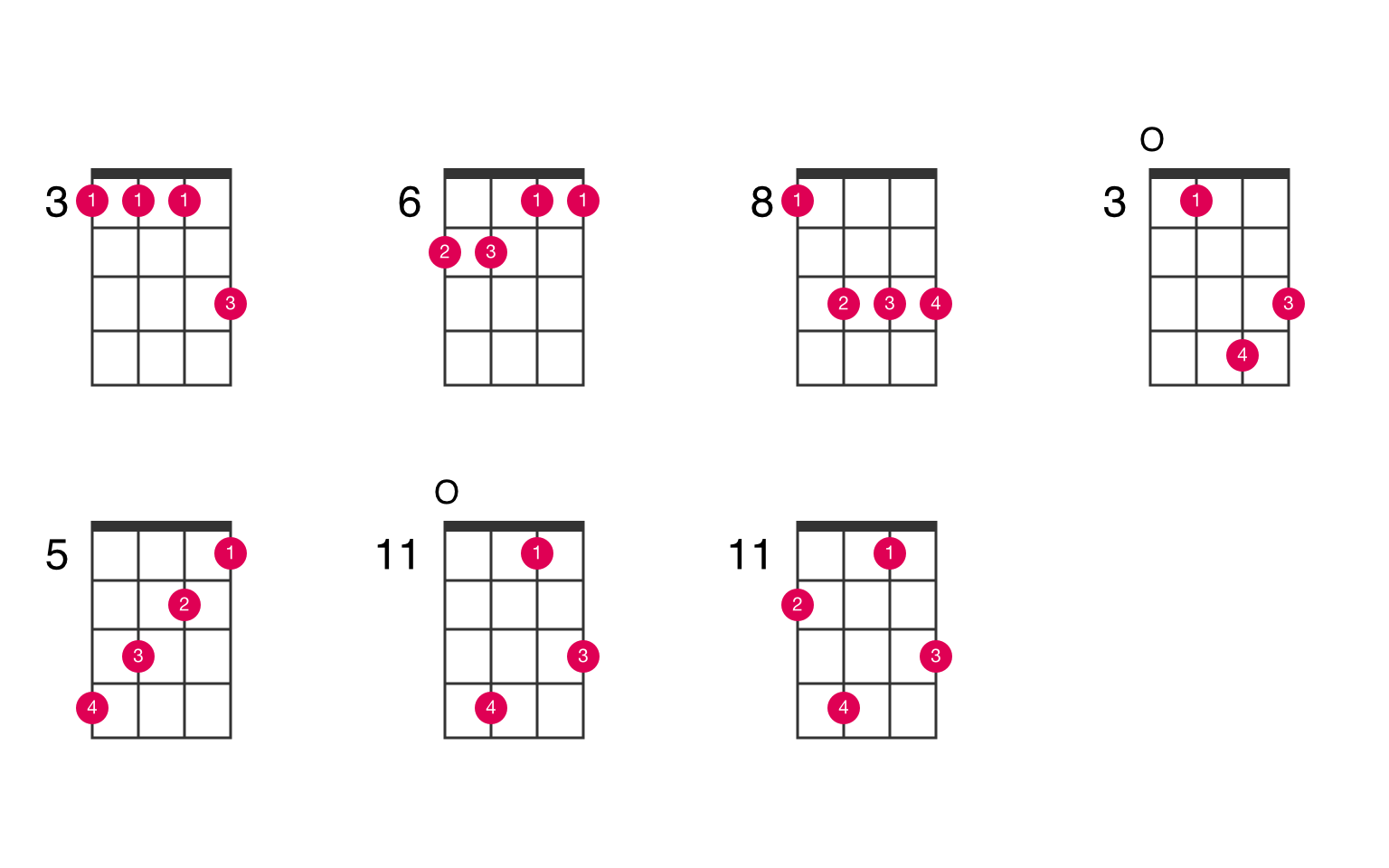
Here are some instructions how to use it.Ĭhange the tone E in the key of C to the key of Eb: In the second row and fifth column you find E in the key of C.

The table is without doubt dense in information (see also the the tables with only diatonic notes below). Instructions can be found below the table.ĭb = C# | Eb = D# | Gb = F# | Ab = G# | Bb = A# (to reduce space in the table only one of these are written out) The following table can be used as a reference every time you want to change to another key. The result will be this: D - G - Bm - A - G - D. If we have the chord progressions: C - F - Am - G - F - C in the C Major and want to transpose it to the key of D Major we have to change every chord by two semi-steps. If we want to go from the C Major to the D Major we change all related notes one whole step, which is the distance between C and D. How to transposeĪ transposition is done by changing all notes (or chords) a certain interval. Notice the difference between a transposition and a key change: in the first case the whole song is transcribed to a fit another key and in the second case the key barely change in the song. You can, for example, transpose a piece of music from D major to G major or any other key. In music, transposing, means moving notes or chords from one key to another.


 0 kommentar(er)
0 kommentar(er)
